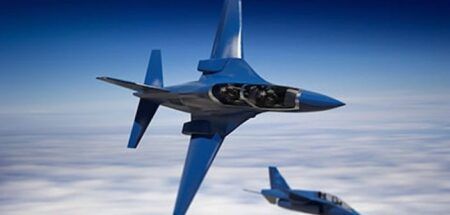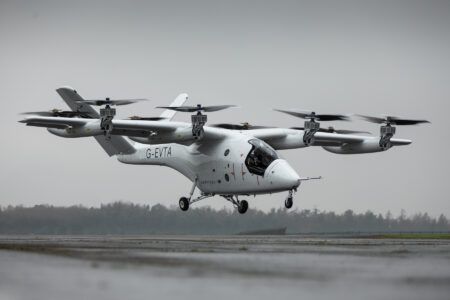Hottinger Brüel & Kjær (HBK) has added a drag and drop graphical user interface to the latest version of its analytics and management platform for sensor data, Aqira.
The GUI has been added to the latest version of Aqira, the web-based platform based on the company’s nCode software technology. Hottinger Brüel & Kjær (HBK) produces the sound, vibration and electrical testing instruments and sensors used in aerospace testing.
Designed for scalable deployment the graphical interface can be used to define the data processing networks required to analyze high volumes of sensor data coming from a wide range of sources. Analyses can be defined by dragging and connecting processing nodes on a canvas. nCodeDS (nCode Digital Streams) can also be used with Python scripting within Aqira, enabling a high degree of flexibility.
Fred Kihm, nCodeDS product manager said “Applications involving the tracking of real-world product usage continuously generate large quantities of data. The challenge is to extract value from such big data.
“Engineers need to gain meaningful insights in order to reduce development, operational and warranty costs.”
The processing speed of nCodeDS can also be used to process high volumes of test and measurement data.
According to HBK the interface makes tasks such as running high performance data fusion, transformation and engineering analytics, accessible to engineers as well as data scientists.
Kihm said, “Engineers need an easy way to clean sensor data, reduce it, extract information, produce trends and possibly even integrate some machine learning algorithms. We believe the new graphical interface will enable engineers to build the required analysis processes with ease.”
Another new feature of Aqira 2021 is the ability to create engineering apps using the graphical interface without having to use code. The software also includes a new capability to import and export apps, making it easier to transfer apps between systems. Visualisation enhancements include a new surface plot capability.




